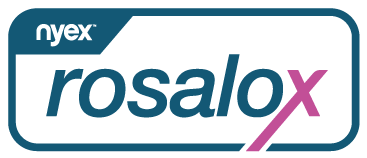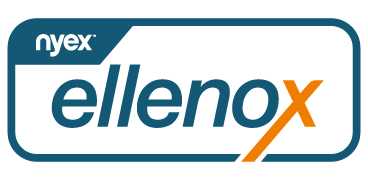Antimicrobial resistance (AMR) is a complex, global issue driven by many interconnected factors. But what causes AMR? AMR arises when microorganisms (such as bacteria, fungi, viruses, and parasites) mutate, following repeated or prolonged exposure to antimicrobial drugs (such as antibiotics, antifungals, antivirals, antimalarials, and anthelmintic drugs). The global misuse and overuse of antimicrobials is accelerating this process, causing superbugs such as MRSA.
It is not just about overuse of antimicrobial drugs though. Pharmaceuticals contaminate our water supply, either from production facilities or through human or animal medication consumed and excreted. In addition, antimicrobial medication is often unused and disposed of in landfill, allowing pharmaceuticals to contaminate our water supply via ground water.
As a specialist industrial wastewater treatment company, Arvia Technology helps businesses remove anti-microbials from wastewater effectively and efficiently.








